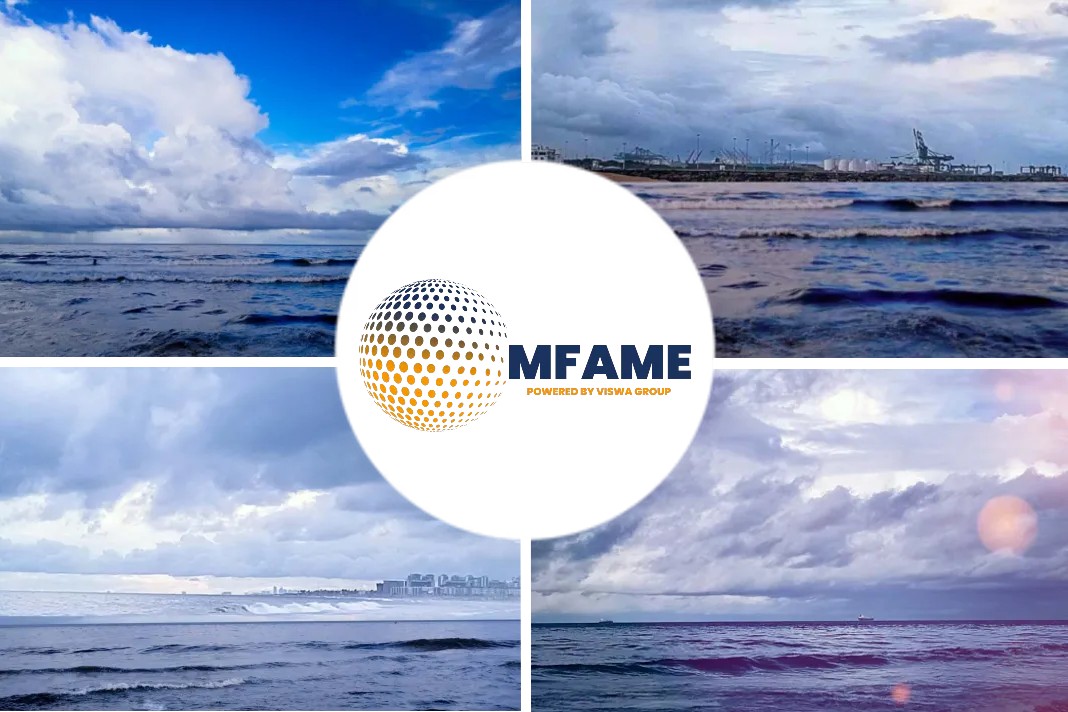Container Rates Hit the Ceiling and There’s No End in Sight, says an article on Freight Waves
Another record for container shipping spot rates
Another week, another record for container shipping spot rates. And alarmingly for shippers, upward rate momentum is accelerating.
Different indexes come up with different numbers, and the premium charges on top of spot rates are now so high that index rates no longer capture the true cost of ocean shipping. However, when various indices all move in the same direction, it does reflect changes in the supply-demand balance.
That balance is tipping more to the detriment of cargo shippers with each passing week.
“We haven’t seen the worst of it — $20,000 [per FEU] all-in rates to the East Coast are coming,” predicted Steve Ferreira, CEO, and founder of Ocean Audit.
Peak season is just around the corner and supply chain disruptions remain widespread. COVID-disrupted ports in China and Malaysia are the latest hot spots. “It clearly appears that supply chain problems are worsening and not improving,” warned Lars Jensen, CEO of Vespucci Maritime.
Asia-East Coast rates jump
The Freightos Baltic Daily Index for Asia-East Coast surged by around 20% in just the past few days. The Freightos rate reached $9,317 per FEU as of Thursday, its highest point ever and up 224% year on year (y/y). The Drewry weekly assessment for the Shanghai-New York route was $8,251 per FEU, up 9% week on week (w/w) and 203% y/y.
S&P Global Platts provides daily assessments of Freight All Kinds (FAK) rates. As of Thursday, it’s North Asia-East Coast FAK assessment was $6,800 per FEU, up 152% y/y.
Asia-West Coast rates also jump
There have recently been big moves up for rates to West Coast ports, as well.
Freightos put Thursday’s Asia-West Coast spot rate at a record-high $6,341 per FEU, up 194% y/y. Drewry’s weekly Shanghai-Los Angeles index is at $6,313 per FEU, up 6% w/w and 199% y/y.
S&P Global Platts’ North Asia-West Coast North America FAK rate was $4,200 per FEU on Thursday, almost triple the FAK rate a year ago.
Panama spread keeps widening
Asia-East Coast rates have been rising faster than Asia-West Coast rates, according to Freightos’ data.
As a result, Freightos’ East Coast-West Coast spread — the premium importers pay to take the long route via the Panama Canal — hit $2,976 per FEU on Thursday, a record high. It has spiked in recent days.
Trans-Atlantic westbound rates keep rising
At first, the trans-Atlantic westbound route from Europe to the East Coast averted the massive rate of inflation seen on other lanes. That reprieve ended in April.
Freightos’ Europe-East Coast assessment for Thursday was $5,193 per FEU, a new record and up 164% y/y.
Underscoring how different indexes come up with different figures, Drewry’s number is much lower than Freightos’. Drewry put Rotterdam-New York rates at $3,988 per FEU, up 66% y/y.
During an interview, last month, Nerijus Poskus, Flexport’s vice president of the global ocean, told American Shipper, “The most interesting to me is the trans-Atlantic, where prices have hit over $5,000 [per FEU, westbound]. It is quite balanced between imports and exports and while eastbound pays less than westbound, it still pays well. So, in my opinion, the trans-Atlantic is the best money-maker for shipping lines these days.”
Trans-Pacific exports: Full and empty
Rates for U.S. exports out of the West Coast to Asia have also jumped, albeit off a far lower base. Freightos assessed rates on this route at $1,208 per FEU on Thursday, up 154% y/y.
Drewry’s weekly rate is lower: $808 per FEU, up 61% y/y.
The trans-Pacific has always been much less balanced than the trans-Atlantic — and is now even more so. There is a scramble to get empty containers to West Coast ports so they can be returned to Asia and used for U.S. imports. This is leading to never-before-seen patterns in rail data.
FreightWaves SONAR has proprietary data on a portion of movements of loaded and unloaded international containers by rail, including 20- and 40-foot units.
Usually, loaded inbound international containers to Los Angeles/Long Beach carrying export cargoes are around double the volume of empty containers arriving at the ports.
The spread between the two narrowed at the beginning of the year, and since April, international rail empties covered by the dataset arriving in Southern California have exceeded loaded inbound boxes. The gap is widening. On Thursday, the volume of inbound empties arriving in Los Angeles/Long Beach was 46% higher than the loaded rail volume.
Another highly unusual pattern has emerged in Chicago, yet another indicator of the rush to get empties back to Asia.
Last year, the number of loaded international containers included in the proprietary dataset leaving Chicago by rail was around double the outbound empty units. But this month, outbound empties surpassed outbound loaded international boxes. On a relative basis, the shift is even clearer.
The number of loaded full containers covered by the dataset that were leaving Chicago on Thursday was down 4% y/y, while empties were up 62% y/y.According to FreightWaves Maritime Expert Henry Byers, “The situation with international containers in Chicago is yet another major indicator of how severe the supply side problems are.”
Did you subscribe to our daily newsletter?
It’s Free! Click here to Subscribe!
Source: Freight Waves

















